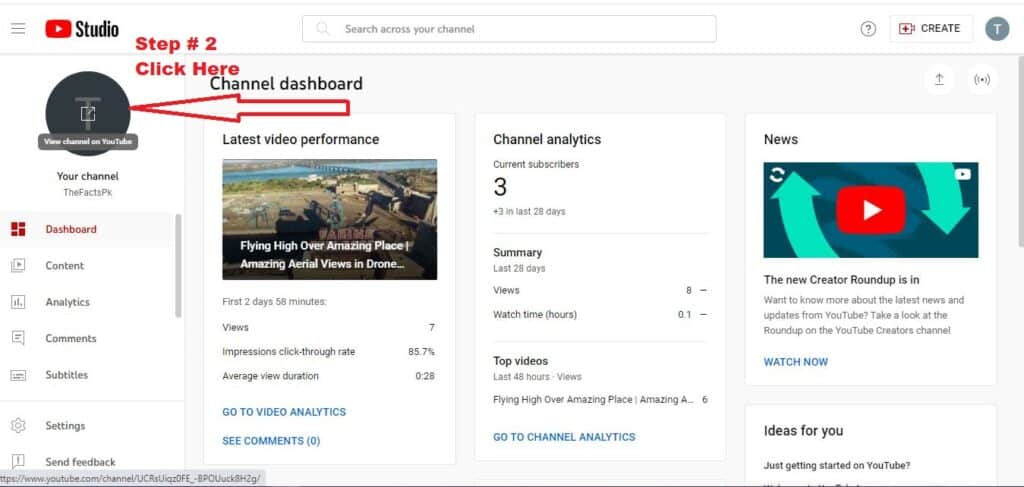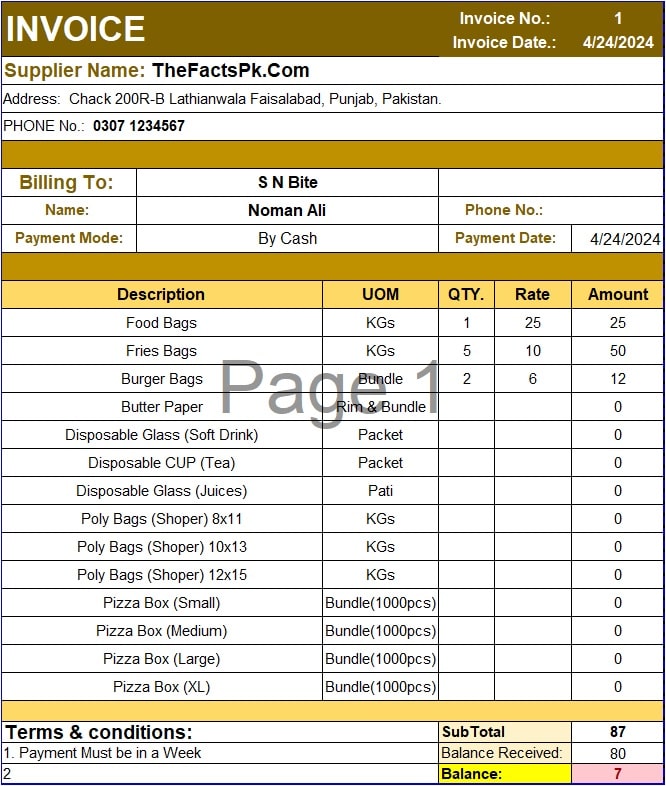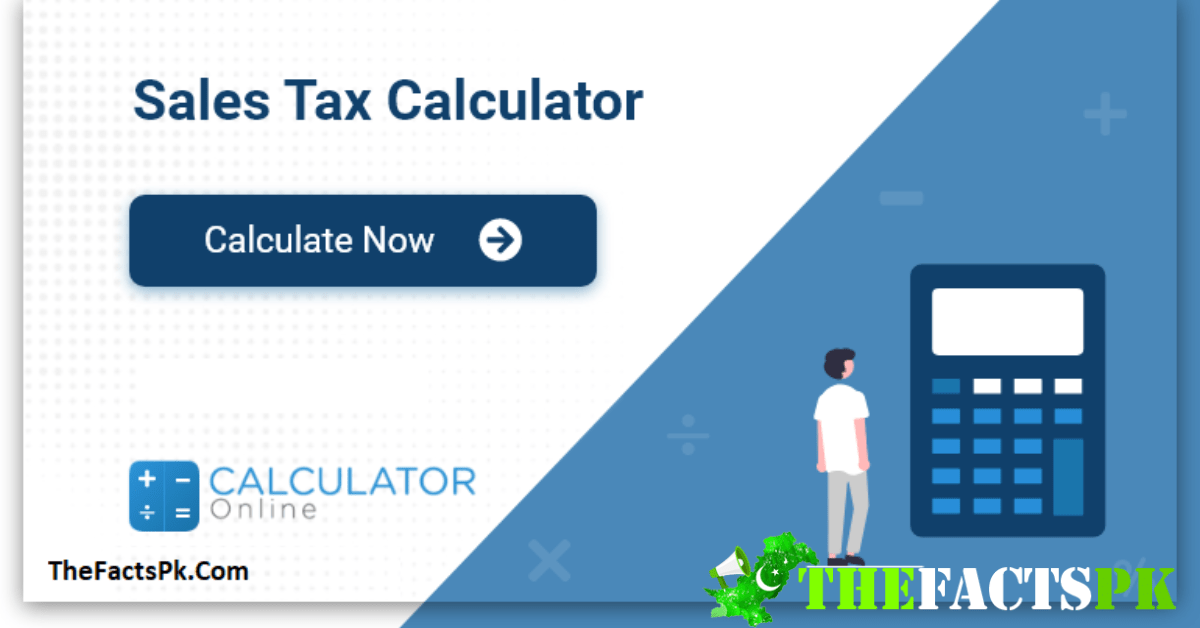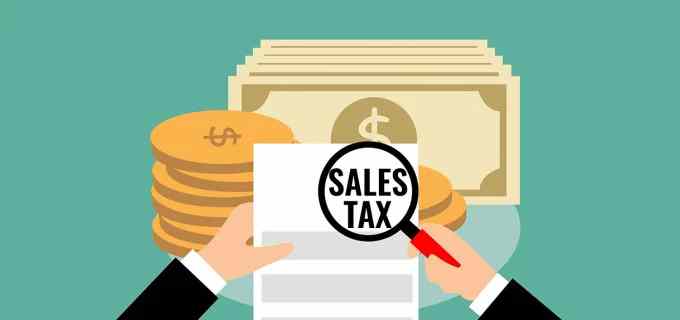Tools
FREE YouTube auto subscribe link generator

YouTube Auto Subscribe Link Generator
Enter your YouTube channel ID below to generate an auto subscribe link.
How To Get Channel IDCopy the link below and share it with your audience!
How do I make a YouTube auto subscribe link in 2023
- 1. Go to the YouTube channel (“home” tab)
- 2. Copy the YouTube channel URL from your browser
- 3. Paste the YouTube channel URL in the URL-textbox on this page
- 4. Click on “GENERATE”
- 5. Click on “COPY URL TO CLIPBOARD”
- 6. Use it wherever you want
What is a YouTube auto subscribe link?
It is a link that shows your YouTube channel but shows a dialog that asks the user if they want to subscribe.We will allow you to create a click to subscribe link for your youtube viewers

How To Get Channel ID
Here follow the simple steps below Step No # 1 Login to your Youtube Channel and Open Youtube Studio

Step No # 2 Click on your Channel Logo to open your Channel in new Tab to get the Channel ID

Step No # 3 Copy the Words or Code After the Channel Word Here Below I color the text that you have to copy
A valid channel URL should look something like this:
• https://www.youtube.com/channel/UCRsUiqz0FE_-BPOUuck8H2g

Step # 4 Past the Channel ID and Click Generate Link button to generate subscriber link

Step # 5 Copy the Link and Share it with Friends

Result here how your Viewers see after click on link that you share

Enjoy our FREE YouTube subscribe link generator
Tools
Meezan-Bank-Summer-Internship-2024Structured Internship Program Leading towards Employment Meezan Bank Meezenship Program 2024 Meezan-Bank-Summer-Internship-2024

Meezan Bank Meezenship Program 2024 – Phase 2 Apply Online
- Meezan Bank Meezenship Program 2024 – Phase 2
- Stipend: PKR 15,000 Per Month
- Introduction
- Eligibility Criteria
- Program Duration and Details
- Application Deadline
- How to Apply
- Conclusion
Meezan Bank Meezenship Program 2024 – Phase 2
The Premier Islamic Bank
Stipend: PKR 15,000 Per Month
Introduction
Structured Internship Program Leading towards Employment Meezan Bank, the premier Islamic bank, offers the Meezenship Program 2024 – Phase 2. This structured internship program aims to provide fresh graduates, postgraduates, and last-semester students with valuable work experience and the opportunity for potential employment at Meezan Bank.
Eligibility Criteria
To be eligible for the Meezenship Program, candidates must meet the following criteria:
- Education: Fresh graduates, postgraduates, and last-semester students of Bachelor’s (16-year education) and Master’s programs.
- Academic Performance: Minimum CGPA of 2.60 or above, or 60% marks in any discipline.
- Age Limit: 24 years or less as of the date of application.
- Age Relaxation: 1-year age relaxation is available for:
- Candidates who have completed their Dars-e-Nizami/Shahadat ul Alamiyah from an HEC-recognized board.
- Hafiz-e-Quran.
Program Duration and Details
- Duration: 3-6 months (5 days a week).
- Departments: Multiple departments across the bank.
- Location: Countrywide.
Application Deadline
Deadline: July 31, 2024.
How to Apply
To apply for the Meezenship Program, visit Meezan Bank Careers.
Conclusion
Meezan Bank’s Meezenship Program 2024 offers a fantastic opportunity for young graduates and postgraduates to start their careers in the banking sector. With a structured program leading towards potential employment, this is a chance to gain valuable experience at a premier Islamic bank.
For more details and to apply, visit Meezan Bank Careers. Don’t miss the deadline on July 31, 2024!

Tools
Invoice Templates

This invoice template is about as simple as it gets. If you are looking for something extremely easy to use, without all the extra features that can make some invoice forms more complicated than they need to be, download the new Basic Invoice Template below. With this template, we’ve tried to boil the invoice down to just the bare essentials.
Basic Invoice
for Excel

“No installation, no macros – just a simple spreadsheet” – by TheFactsPk
Description
The screenshot really speaks for itself. This is just a basic invoice at its core. If this is a bit TOO basic for you, the next step would be the billing invoice template which uses the same design but includes a few more features.
This template has only one formula – the SUM formula used to calculate the total. But, that doesn’t mean that you can’t use more formulas if you want to. For example, enter =5*75 in the Amount column to calculate the amount to charge for 5 hours at $75/hour.
TIP: To create a receipt using this template, just change the word INVOICE in the header to RECEIPT. You can also add a note below the Total saying “Paid in full,” or like with the simple receipt example, you can add a text box with the word “Paid.” If you are want to mail the receipt you can just write (by hand) a note like “Paid. Thank you!” on the form.
Finance
Sales Tax Calculator for all Countries

The Sales Tax Calculator can compute any one of the following, given inputs for the remaining two: before-tax price, sale tax rate, and final, or after-tax price.
Sales Tax Calculator
Enter the values below and click “Calculate”.
%

What is Sales Tax/Sales Tax Calculator?
A sales tax is a consumption tax paid to a government on the sale of certain goods and services. Usually, the vendor collects the sales tax from the consumer as the consumer makes a purchase. In most countries, the sales tax is called value-added tax (VAT) or goods and services tax (GST), which is a different form of consumption tax. In some countries, the listed prices for goods and services are the before-tax value, and a sales tax is only applied during the purchase. In other countries, the listed prices are the final after-tax values, which include the sales tax.
Sales Tax Calculator
The Sales Tax Calculator can compute any one of the following, given inputs for the remaining two: before-tax price, sale tax rate, and final, or after-tax price.
What is Sales Tax?
A sales tax is a consumption tax paid to a government on the sale of certain goods and services. Usually, the vendor collects the sales tax from the consumer as the consumer makes a purchase. In most countries, the sales tax is called value-added tax (VAT) or goods and services tax (GST), which is a different form of consumption tax. In some countries, the listed prices for goods and services are the before-tax value, and a sales tax is only applied during the purchase. In other countries, the listed prices are the final after-tax values, which include the sales tax.
U.S. Sales Tax
In the United States, sales tax at the federal level does not exist. At the state level, all (including District of Columbia, Puerto Rico, and Guam) but five states do not have statewide sales tax. These are Alaska, Delaware, Montana, New Hampshire, and Oregon. States that impose a sales tax have different rates, and even within states, local or city sales taxes can come into play. Unlike VAT (which is not imposed in the U.S.), sales tax is only enforced on retail purchases; most transactions of goods or services between businesses are not subject to sales tax.
Sales tax rate ranges
The sales tax rate ranges from 0% to 16% depending on the state and the type of good or service, and all states differ in their enforcement of sales tax. In Texas, prescription medicine and food seeds are exempt from taxation. Vermont has a 6% general sales tax, but an additional 10% tax is added to purchases of alcoholic drinks that are immediately consumed. These are only several examples of differences in taxation in different jurisdictions. Rules and regulations regarding sales tax vary widely from state to state.
On average, the impact of sales tax on Americans is about 2 percent of their personal income. Sales tax provides nearly one-third of state government revenue and is second only to the income tax in terms of importance as a source of revenue. Reliance on the sales tax varies widely by state. Sales taxes are much more important in the south and west than they are in New England and the industrial Midwest. Florida, Washington, Tennessee, and Texas all generate more than 50 percent of their tax revenue from the sales tax, and several of these states raise nearly 60 percent of their tax revenue from the sales tax. New York, on the other hand, only raises about 20 percent of its revenues from the sales tax.
The following is an overview of the sales tax rates for different states.
| State | General State Sales Tax | Max Tax Rate with Local/City Sale Tax |
| Pakistan | 18% | 25% wide range of goods Import |
| Alabama | 4% | 13.50% |
| Alaska | 0% | 7% |
| Arizona | 5.60% | 10.73% |
| Arkansas | 6.50% | 11.63% |
| California | 7.25% | 10.50% |
| Colorado | 2.90% | 10% |
| Connecticut | 6.35% | 6.35% |
| Delaware | 0% | 0% |
| District of Columbia | 6% | 6% |
| Florida | 6% | 7.50% |
| Georgia | 4% | 8% |
| Guam | 4% | 4% |
| Hawaii | 4.17% | 4.71% |
| Idaho | 6% | 8.50% |
| Illinois | 6.25% | 10.25% |
| Indiana | 7% | 7% |
| Iowa | 6% | 7% |
| Kansas | 6.50% | 11.50% |
| Kentucky | 6% | 6% |
| Louisiana | 4.45% | 11.45% |
| Maine | 5.50% | 5.50% |
| Maryland | 6% | 6% |
| Massachusetts | 6.25% | 6.25% |
| Michigan | 6% | 6% |
| Minnesota | 6.88% | 7.88% |
| Mississippi | 7% | 7.25% |
| Missouri | 4.23% | 10.85% |
| Montana | 0% | 0% |
| Nebraska | 5.50% | 7.50% |
| Nevada | 6.85% | 8.25% |
| New Hampshire | 0% | 0% |
| New Jersey | 6.63% | 12.63% |
| New Mexico | 5.13% | 8.69% |
| New York | 4% | 8.88% |
| North Carolina | 4.75% | 7.50% |
| North Dakota | 5% | 8% |
| Ohio | 5.75% | 8% |
| Oklahoma | 4.50% | 11% |
| Oregon | 0% | 0% |
| Pennsylvania | 6% | 8% |
| Puerto Rico | 10.50% | 11.50% |
| Rhode Island | 7% | 7% |
| South Carolina | 6% | 9% |
| South Dakota | 4% | 6% |
| Tennessee | 7% | 9.75% |
| Texas | 6.25% | 8.25% |
| Utah | 5.95% | 8.35% |
| Vermont | 6% | 7% |
| Virginia | 5.30% | 6% |
| Washington | 6.50% | 10.40% |
| West Virginia | 6% | 7% |
| Wisconsin | 5% | 6.75% |
| Wyoming | 4% | 6% |
Pakistan History of Sales Tax
Sales tax was declared a federal subject in 1948 through the enactment of General Sales Tax Act, 1948 and in 1952, this levy was transferred permanently to the Central Government. Sales tax was levied at the standard rate of 6 pies per rupee at every stage whenever a sale was effected. More Detail Here
U.S. History of Sales Tax
When the U.S. was still a British colony in the 18th century, the English King imposed a sales tax on various items on the American colonists, even though they had no representation in the British government. This taxation without representation, among other things, resulted in the Boston Tea Party. This, together with other events, led to the American Revolution. Therefore, the birth of the U.S. had partly to do with the controversy over a sales tax! Since then, sales tax has had a rocky history in the U.S. and this is perhaps why there has never been a federal sales tax. Some of the earlier attempts at sales tax raised a lot of problems. Sales tax didn't take off until the Great Depression, when state governments were having difficulty finding ways to raise revenue successfully. Of the many different methods tested, sales tax prevailed because economic policy in the 1930s centered around selling goods. Mississippi was the first in 1930, and it quickly was adopted across the nation. Today, sales tax is imposed in most states as a necessary and generally effective means to raise revenue for state and local governments.
How to Deduct Sales Tax in the U.S.?
When filing federal income tax, taxpayers need to choose to either take the standard deduction or itemize deductions. This decision will be different for everyone, but most Americans choose the standard deduction. Sales tax can be deducted from federal income tax only if deductions are itemized. In general, taxpayers with sales tax as their only deductible expense may find that itemizing deductions is not worth the time. Itemizing deductions also involves meticulous record-keeping and can be tedious work because the IRS requires the submission of sales tax records, such as a year's worth of purchase receipts. Anyone who plans to itemize should be keeping detailed records, as it will be very helpful in determining the amount of sales tax paid.
After the choice between standard or itemized deductions has been made, taxpayers have to make another decision regarding whether or not to claim either state and local income taxes or sales taxes (but not both). Most taxpayers choose to deduct income taxes as it typically results in a larger figure. With that said, it may be better for taxpayers who made large purchases during the year to deduct sales tax instead of income tax if their total sales tax payments exceed state income tax. Taxpayers who paid for a new car, wedding, engagement ring, vacation, or multiple major appliances during a tax year can potentially have a greater sales tax payment than income tax payment. In reality, less than 2% of Americans claim sales tax as a deduction each year.
For more information about or to do calculations involving income tax, please visit the Income Tax Calculator.
Value-Added Tax (VAT)
VAT is the version of sales tax commonly used outside of the U.S. in over 160 countries. VAT is an indirect tax that is imposed at different stages of the production of goods and services, whenever value is added. Countries that impose a VAT can also impose it on imported and exported goods. All participants in a supply chain, such as wholesalers, distributors, suppliers, manufacturers, and retailers, will usually need to pay VAT, not just the end consumer, as is done with U.S. sales tax. VAT can be calculated as the sales price minus the costs of materials or parts used that have been taxed already.
VAT as compared
A 1979 study published by the Tax Foundation offered some insight into arguments for or against VAT as compared to sales tax. Perhaps the greatest benefit of taxation via VAT is that because taxation applies at every step of the chain of production of a good, tax evasion becomes difficult. Also, there are stronger incentives to control costs when all participants involved in a supply chain are taxed. Compared to sales tax, VAT has the ability to raise more revenue at a given rate. On the other hand, VAT tends to be regressive; that is, it takes proportionately greater amounts from those with lower incomes. Also, the cascading tax is harmful to new and marginal business activities, likely to set off inflationary tendencies, and is detrimental to exports.
Goods and Services Tax (GST)
The Goods and Services Tax (GST) is similar to VAT. It is an indirect sales tax applied to certain goods and services at multiple instances in a supply chain. Taxations across multiple countries that impose either a "GST" or "VAT" are so vastly different that neither word can properly define them. The countries that define their "sales tax" as a GST are Spain, Greece, India, Pakistan, Canada, Singapore, and Malaysia.






















Tarah
1 July 2023 at 19:00
I am genuinely thankful to the oner of this web site who has shared this impressive ρost at at this place.
RkUsman
2 July 2023 at 08:04
THANK YOU 😇
carter
22 November 2023 at 05:34
Thanks For Share
Juan Hahn
30 November 2023 at 14:10
Juan Hahn
Gabrielle Winters
15 December 2023 at 00:44
Gabrielle Winters
Ashley Owens
16 December 2023 at 11:57
Ashley Owens